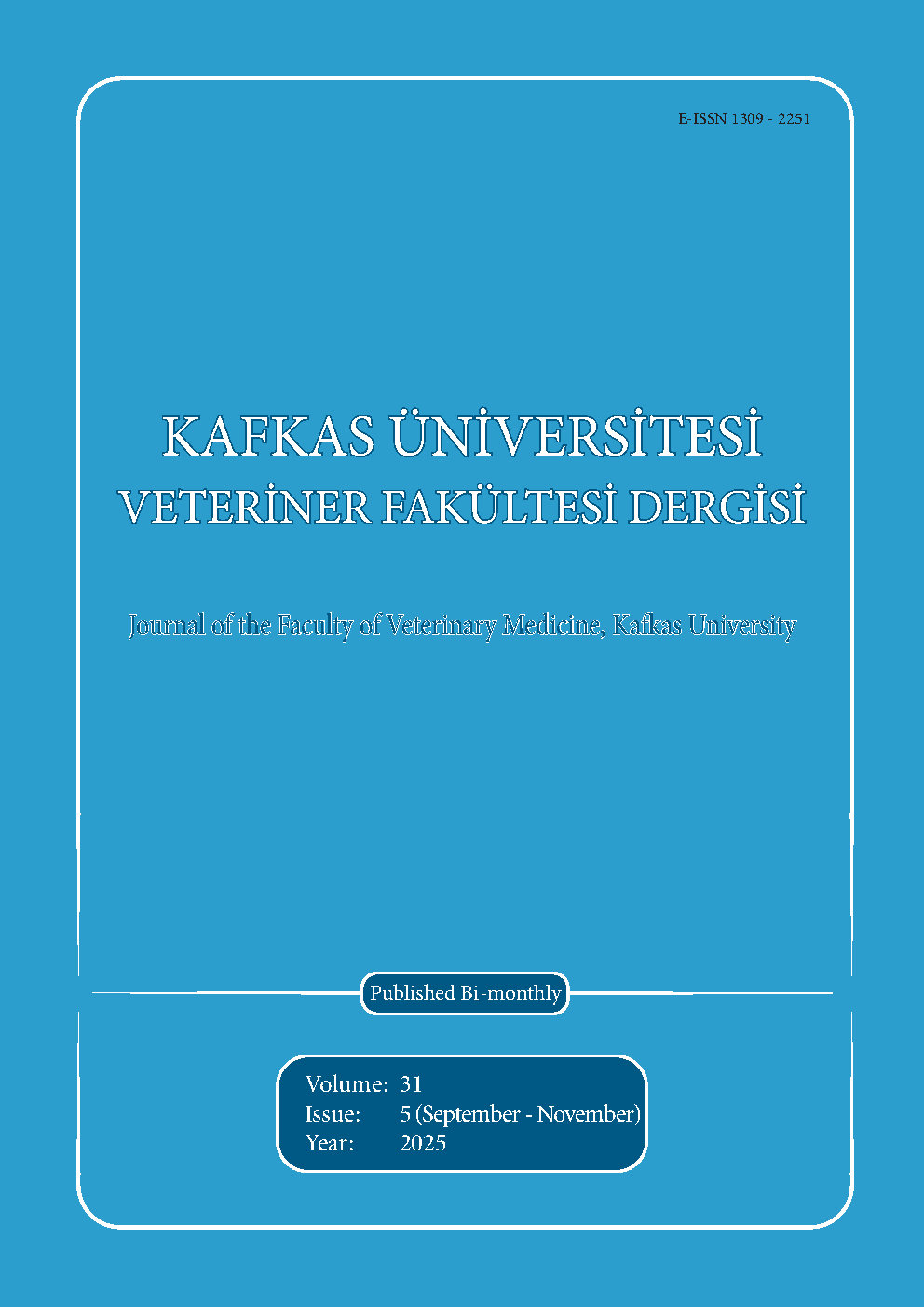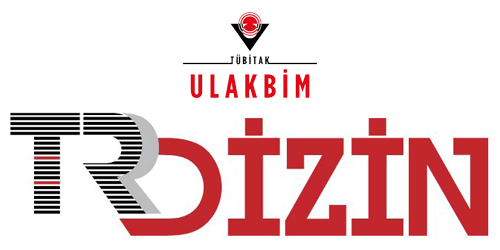
This journal is licensed under a Creative Commons Attribution-NonCommercial 4.0 International License
Kafkas Üniversitesi Veteriner Fakültesi Dergisi
2025 , Vol 31 , Issue 5
Managing Mycotoxins in Animal/Poultry Feed Through Innovative Control Strategies: A Review
1Department of Pathology, Faculty of Veterinary Science University of Agriculture Faisalabad 38040 PAKISTAN2Veterinary Research Institute, Zarrar Shaheed Road Lahore Cantt-13 PAKISTAN
3Department of Histology and Embryology Shantou Medical University, Shantou, 515041 CHINA
4Department of Parasitology, Faculty of Veterinary Science University of Agriculture Faisalabad, 38040 PAKISTAN
5Department of Zoology, Wildlife and Fisheries, University of Agriculture Faisalabad-38040 PAKISTAN
6Single Cell Bioengineering Group (SCBEG), State Key Laboratory of Marine Resource Utilization in South China Sea, College of Oceanology, Hainan University, Haikou 570228, Hainan, CHINA
7School of Bioengineering, Dalian University of Technology, No. 2 Linggong Road, Dalian, 116024, CHINA DOI : 10.9775/kvfd.2025.34700 Mycotoxins are the secondary metabolites of certain toxigenic fungi that have deleterious effects upon the health of humans, animals, and poultry. More than 300 chemically different mycotoxins have been identified to date, among which the most important are aflatoxins, ochratoxins, fumonisins, trichothecenes, and patulins. Approximately 25% of global food crops are significantly affected by mycotoxins every year. Animals become exposed to the adverse effects of mycotoxins when fed mycotoxin-contaminated feed, and animal byproducts containing mycotoxin residues become a constant source of exposure to the human population. Once mycotoxins enter the food chain, their complete removal is inevitable; therefore, different control strategies are being adopted to minimize the adverse effects associated with them. This review encompasses various control strategies adapted to minimize mycotoxicosis. Keywords : Mycotoxins, Animal feed, Poultry feed, Mycotoxicosis, Control strategies










